Google Translate did what Microsoft Translator couldn't: Use AI to add 110 languages
It brings a total to over 200 languages for now.
2 min. read
Published on
Read our disclosure page to find out how can you help MSPoweruser sustain the editorial team Read more
Key notes
- Google Translate added 110 new languages using AI from the PaLM 2 model, making a total of 243 supported languages.
- The expansion includes rare languages like Manx and NKo, putting Google ahead of Microsoft Translator’s 135 languages.
- The 1,000 Languages Initiative aims to support the most spoken languages for greater global inclusion.
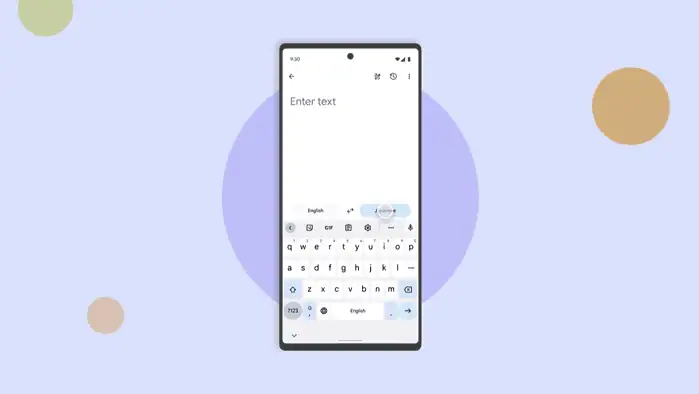
Google Translate has just added another 110 languages to its vast library, thanks to the AI from the PaLM 2 model. It now brings its most extensive, biggest expansion just yet, and it’s safe to say that Google goes a long way ahead of its competitor, Microsoft Translator, for now.
The Mountain View tech giant said that Google Translate now supports even the least spoken traditional languages that you’ve probably never heard of, such as Manx, the Celtic language of the Isle of Man, which almost went extinct in 1974 but has seen a revival, and NKo, a standardized form of the West African Manding languages with a unique alphabet invented in 1949.
As of June 2024, Microsoft Translator supports 135 languages. Google Translator, on the other hand, supported 133 before this announcement, bringing a total of 243 spoken languages worldwide to the service.
The popular translation service also offers languages like Cantonese, Afar, Punjabi (Shahmukhi), Tamazight, Tok Pisin of Papua New Guinea, and more.
Back in 2022, Google launched the 1,000 Languages Initiative. The idea was to bring AI support to the 1,000 most spoken languages for greater inclusion for people in marginalized communities worldwide. This ambitious project then involves developing multimodal AI models and partnering with global communities to source representative speech data.
“PaLM 2 was a key piece to the puzzle, helping Translate more efficiently learn languages that are closely related to each other, including languages close to Hindi, like Awadhi and Marwadi, and French creoles like Seychellois Creole and Mauritian Creole,” Google Translate’s engineer Isaac Caswell says.

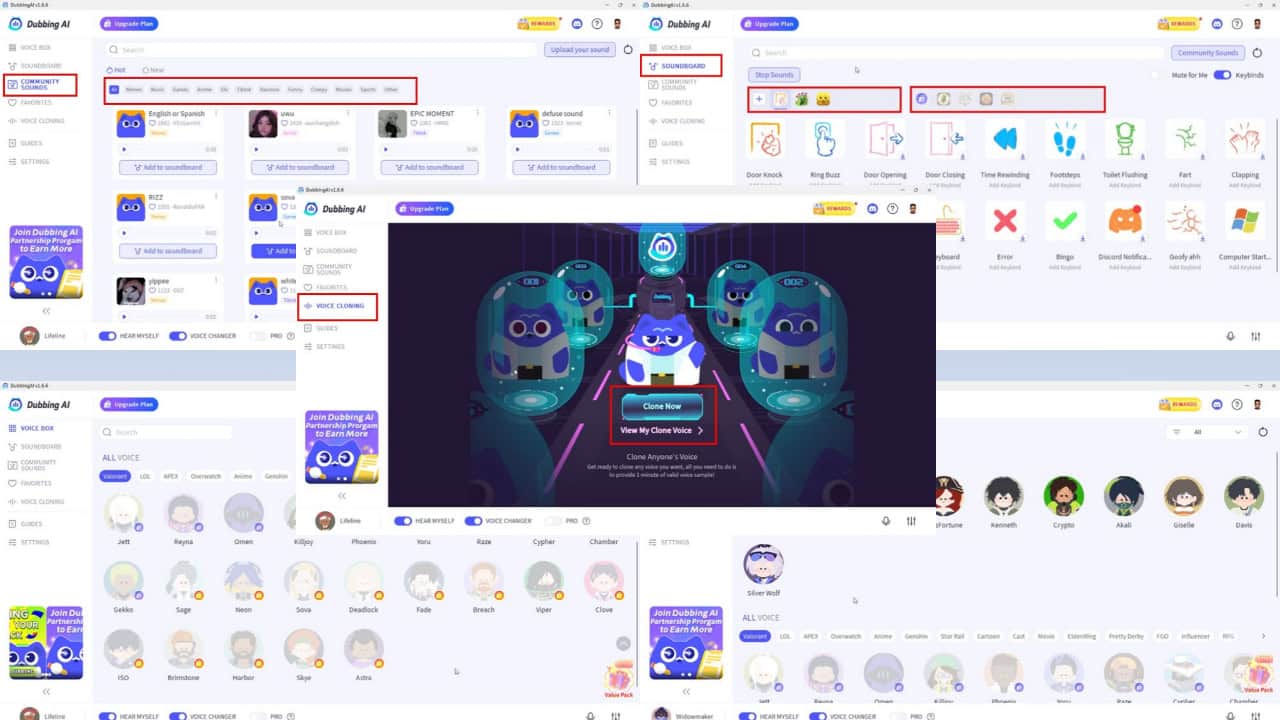


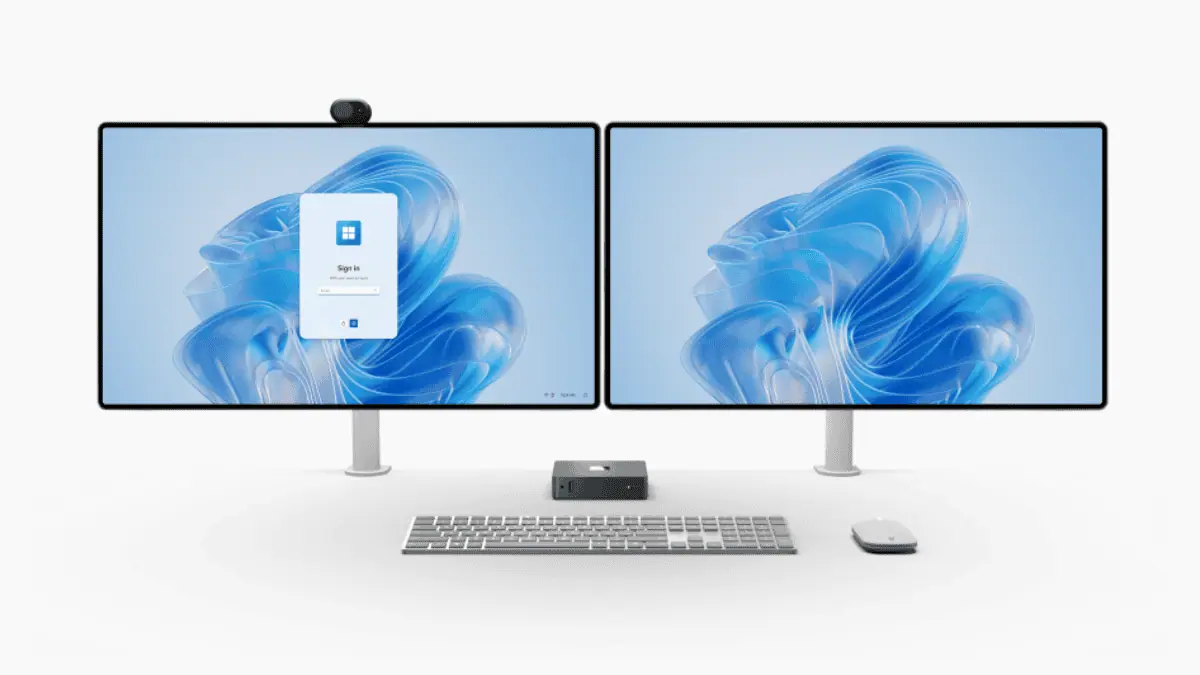
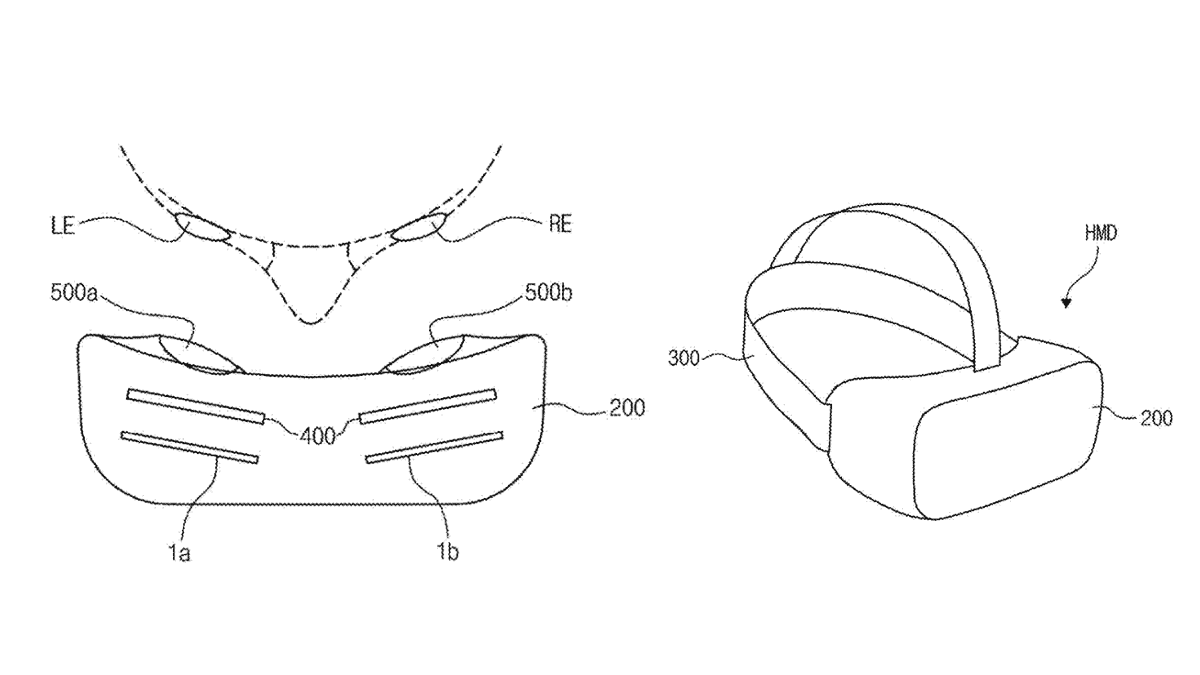

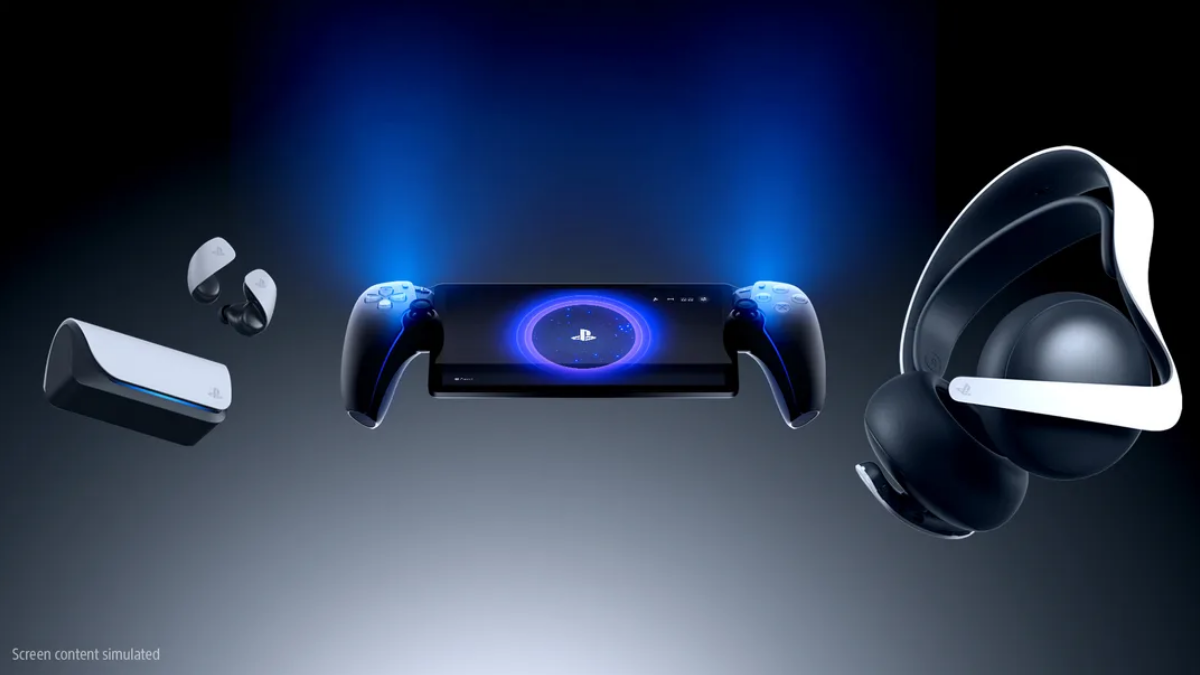
User forum
0 messages